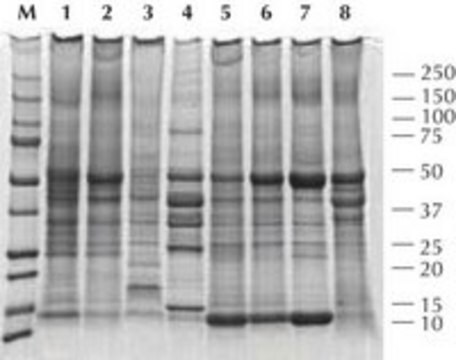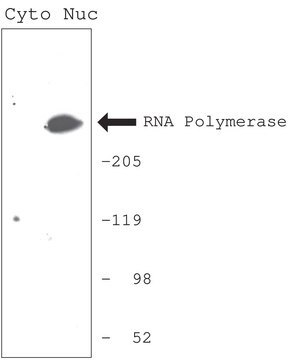CE0050
CelLytic™ MEM Protein Extraction Kit
Synonym(s):
Membrane protein extraction kit
About This Item
Recommended Products
General description
Application
Suitability
Legal Information
Kit Components Only
- Lysis and Separation Buffer 50 mL
- Wash Buffer for CelLytic MEM 50 mL
- Sodium Chloride, 4M Solution 1.5 mL
Kit Components Also Available Separately
- P8340Protease Inhibitor Cocktail, for use with mammalian cell and tissue extracts, DMSO solution 1 mL
Signal Word
Warning
Hazard Statements
Precautionary Statements
Hazard Classifications
Eye Irrit. 2 - Skin Irrit. 2
Storage Class Code
10 - Combustible liquids
Flash Point(F)
188.6 °F - closed cup
Flash Point(C)
87 °C - closed cup
Certificates of Analysis (COA)
Search for Certificates of Analysis (COA) by entering the products Lot/Batch Number. Lot and Batch Numbers can be found on a product’s label following the words ‘Lot’ or ‘Batch’.
Need A Sample COA?
This is a sample Certificate of Analysis (COA) and may not represent a recently manufactured lot of this specific product.
Already Own This Product?
Find documentation for the products that you have recently purchased in the Document Library.
Customers Also Viewed
Our team of scientists has experience in all areas of research including Life Science, Material Science, Chemical Synthesis, Chromatography, Analytical and many others.
Contact Technical Service

